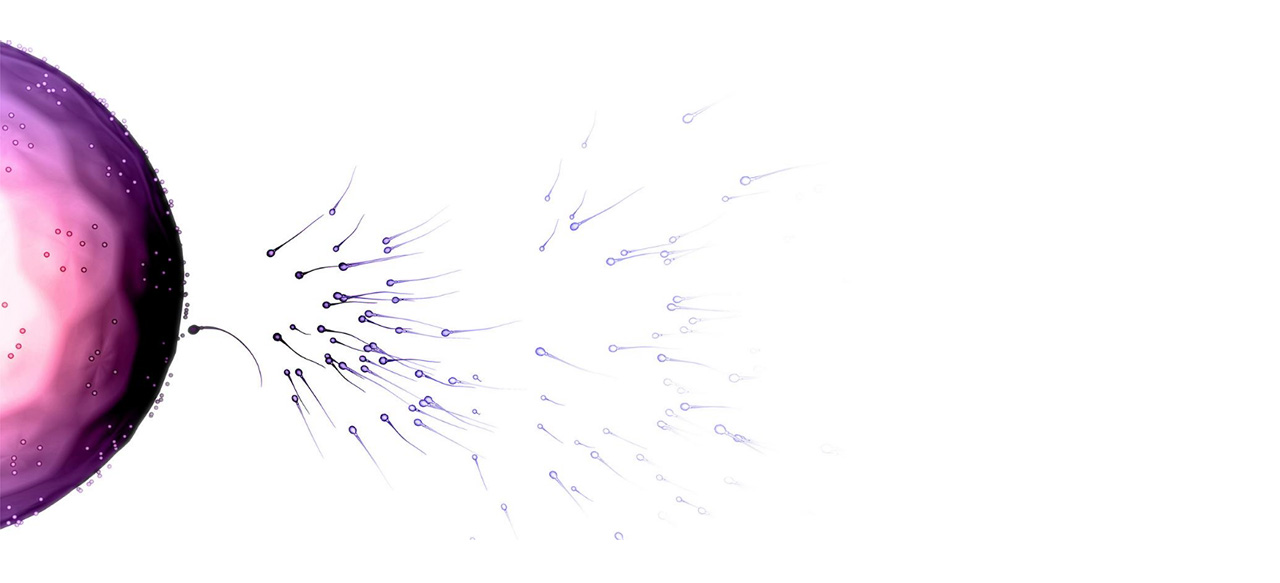Molecular support for heterogonesis resulting in sesquizygotic twinning
Librarian's Comment : Don’t blame the ultrasound: it is possible (albeit extremely rare) that twins can share the same placenta but have different genders. This extraordinary event can result from the simultaneous fertilization of a single oocyte by two (!) sperm cells. Nature is extremely efficient at ruling out such possibility, but sometimes the unexpected does happen. In the case reported in this study, the resulting embryo managed to correctly assort the genetic material coming from 3 sources: one oocyte and, most likely, two different sperm cells (one carrying an X chromosome, the other a Y). But wait, it gets even more amazing: the resulting embryo likely divided into two, with one of the fetuses developing as male, the other as female, despite both having genetic material coming from the X and Y-carrying sperm cells. This was possible because the twinned embryos had a slightly different genetic constitution reflecting differences in overall DNA content coming from the two sperm cells. More specifically, the twins (which are now healthy children) are genetically identical to each other with respect to the mother’s DNA, but differ in regards to the percentage of the DNA they inherited from each of the two sperm cells. This intermediate state between monozygosis and dizygosis is refered to as sesquizygosis. Although the original report was still published in a paywalled journal, you can find more information on this remarkable story from several freely available sources (such as: https://www.sciencedaily.com/releases/2019/02/190227173108.htm).Published in : New England Journal of Medicine
Authors : Michael T. Gabbett, Johanna Laporte, Renuka Sekar, Adayapalam Nandini, Pauline McGrath, Yadav Sapkota, Peiyong Jiang, Haiqiang Zhang, Trent Burgess, Grant W. Montgomery, Rossa Chiu, and Nicholas M. Fisk.
Abstract : Sesquizygotic multiple pregnancy is an exceptional intermediate between monozygotic and dizygotic twinning. We report a monochorionic twin pregnancy with fetal sex discordance. Genotyping of amniotic fluid from each sac showed that the twins were maternally identical but chimerically shared 78% of their paternal genome, which makes them genetically in between monozygotic and dizygotic; they are sesquizygotic. We observed no evidence of sesquizygosis in 968 dizygotic twin pairs whom we screened by means of pangenome single-nucleotide polymorphism genotyping. Data from published repositories also show that sesquizygosis is a rare event. Detailed genotyping implicates chimerism arising at the juncture of zygotic division, termed heterogonesis, as the likely initial step in the causation of sesquizygosis.









